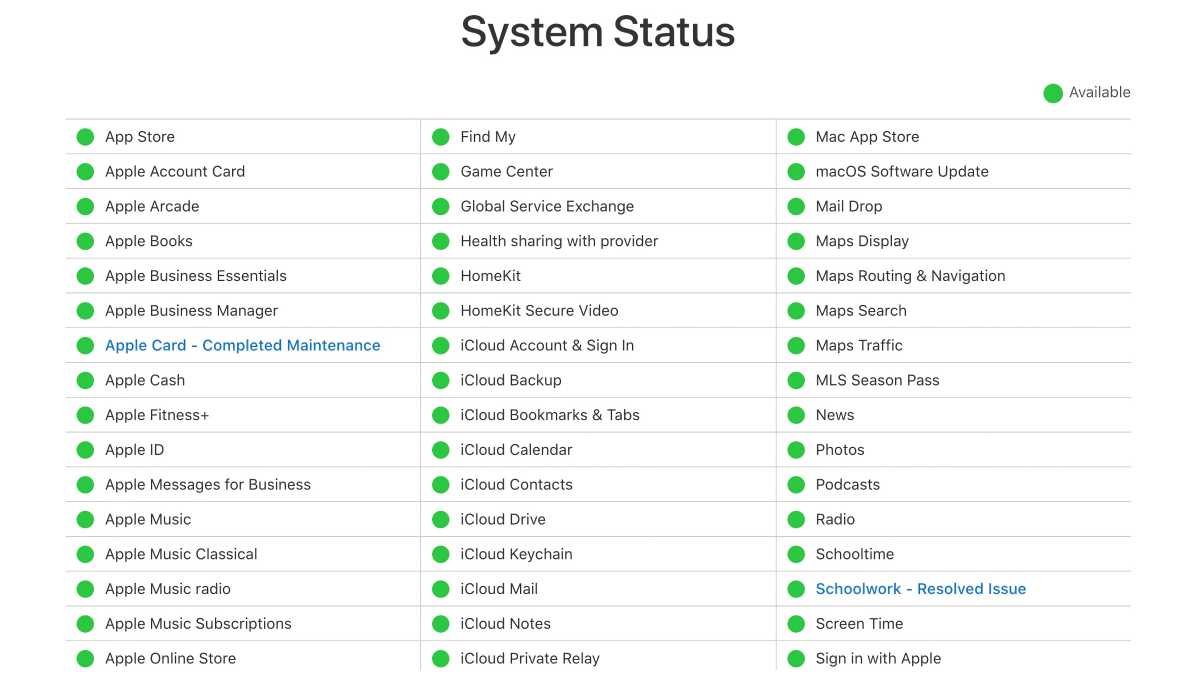There is an issue with iCloud on Apple’s platform.
Macworld
Reworded: Apple’s business is built upon two main components: its hardware and software products (such as iPhones, iPads, and Macs) and its services, with iCloud being the key element that binds them together.
The binding material has been deteriorating over a period of time, making it unwise to use clouds to hold bricks together. This poses significant concerns for the stability of the structure. Despite the introduction of paid features labeled as “iCloud+”, the basic free features require immediate attention.
Sweetheart, you have the ability to control or navigate my virtual storage space.
I will say this about iCloud Drive: it’s improved greatly from its earliest days when it was basically a less compelling version of Dropbox. Over the last few years, Apple has improved both its reliability and featureset, to the point where I have moved most of my cloud storage needs over to it. (It also doesn’t hurt that, with the imposition of the File Provider API, Dropbox now uses more or less the same technology on the Mac that powers iCloud Drive, rather than the somewhat hacky (but more performant) solutions of yesteryear. In other words, Apple brought Dropbox down to their level.)
However, iCloud Drive continues to face numerous issues with its fundamental purpose of keeping files current and synchronized. My coworker Glenn Fleishman recently shared his struggles with iCloud Drive, such as the inability to sync data for several months. I have also experienced numerous occasions where the service appears to be stuck uploading a small file or takes an extended period to download something that should be quick.
Apple has yet to add certain features to iCloud Drive, such as the option to save downloaded files directly to a device or a competing feature to Dropbox’s web-based file uploader. Its main benefit is its integration with Apple’s ecosystem, but this may not be enough for users who prioritize reliability. If iCloud Drive cannot be trusted to keep files in sync, its other features become irrelevant.
Mail is a mixed bag
iCloud Drive has not been the only platform affected by reliability problems. I have been using iCloud mail for a significant amount of time, starting from the iTools era. (Younger individuals, please ask your parents about this.)
Lately, I have been experiencing a significant amount of inconsistency and unreliability with my email. Despite having filters in place, unwanted spam messages still manage to make it into my inbox. Additionally, legitimate emails are being redirected to my Junk folder. I have attempted to reset the filters, but unfortunately, it has not resolved the issue. Furthermore, a problem that I reported over ten years ago regarding certain emails being filtered without notification by Apple’s spam detection system appears to still be occurring, as reported by other iCloud mail users.
Recently, I experienced a frustrating situation where I was unable to access my iCloud email and other services for 12 hours. Despite contacting Apple Support, I received no communication from the company, even though they were aware of some of the issues. This happened again later in the same week, but fortunately, it was on a less critical day (Sunday). This type of response from Apple is completely unacceptable. However, I also feel stuck due to the 20 years worth of emails I have accumulated on iCloud. The thought of creating a new email address and transferring all of my emails is overwhelming.

The System Status page on Apple’s website informs users if a service is not functioning, but does not offer specific details.
Apple
Reverse it
Although iCloud does have some benefits, it should be noted that the storage limits it offers are outdated and inadequate for current technology. Apple does offer useful services with the package, such as iCloud Backup, but the limited storage of only 5GB for free is insufficient for most users. Considering that the smallest capacity phone now sold by the company is 13 times that amount, it is often not enough to back up even a single device, let alone multiple devices.
Apple has recently made some exceptions: for example, offering free temporary storage when transferring to a new device which, while helpful, makes me roll my eyes a little. Sure, if you’re pungling up to buy a new Apple device, they’ll give you all the storage you need, but if your phone gets stolen or lost and you didn’t buy enough storage to back up your device ahead of time, well, tough luck.
Instead of increasing the default storage amount, I suggest that Apple does not include iCloud device backups in the total storage count. Apple is already working to make backups more efficient. Customers should have the option to store additional files, emails, or photos without worrying about turning off iCloud Backup to save on storage expenses.
The aim of Apple should be for iCloud to give users a sense of a cozy and comforting safety net, but in reality, it offers little protection and does nothing to prevent a hard landing.

